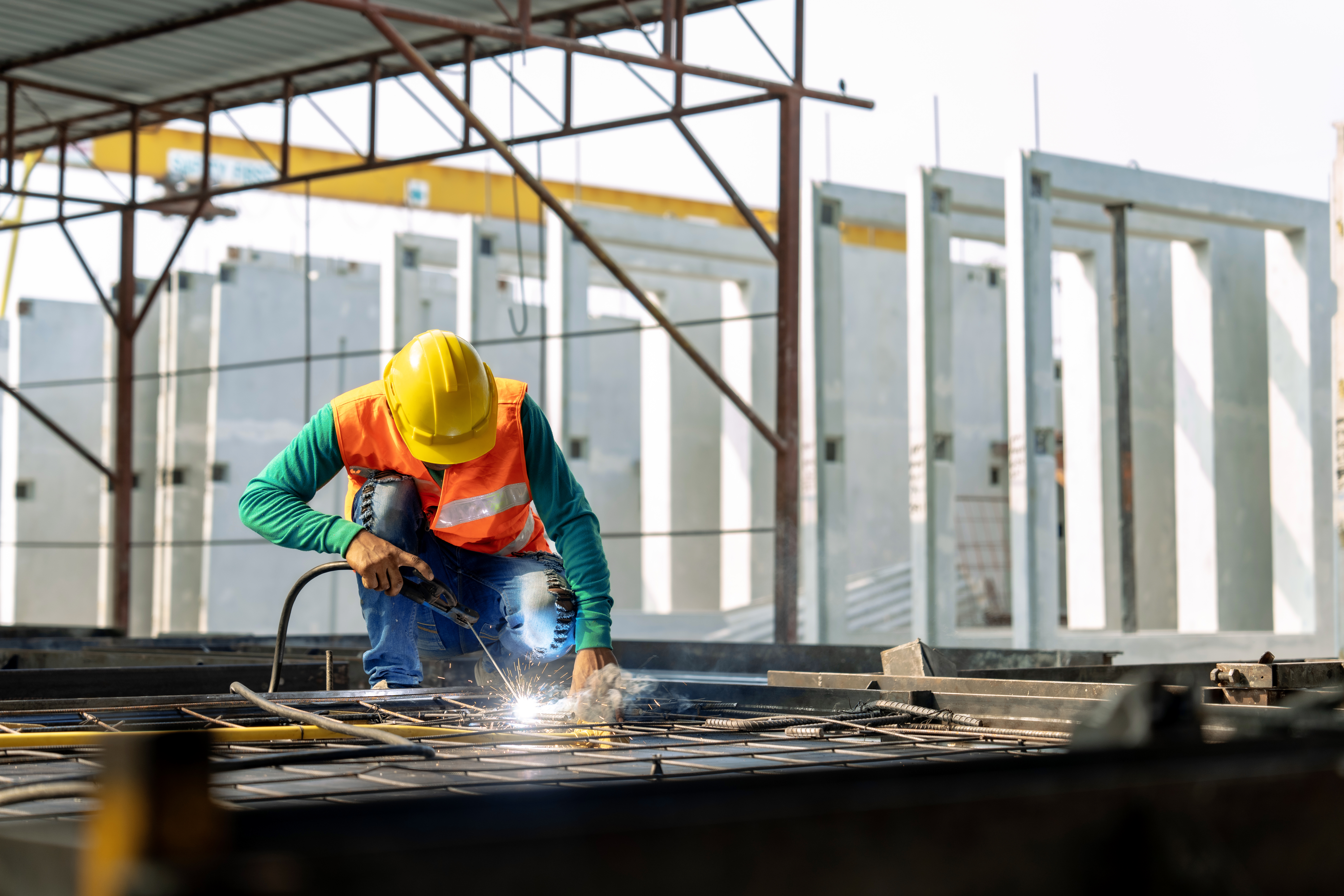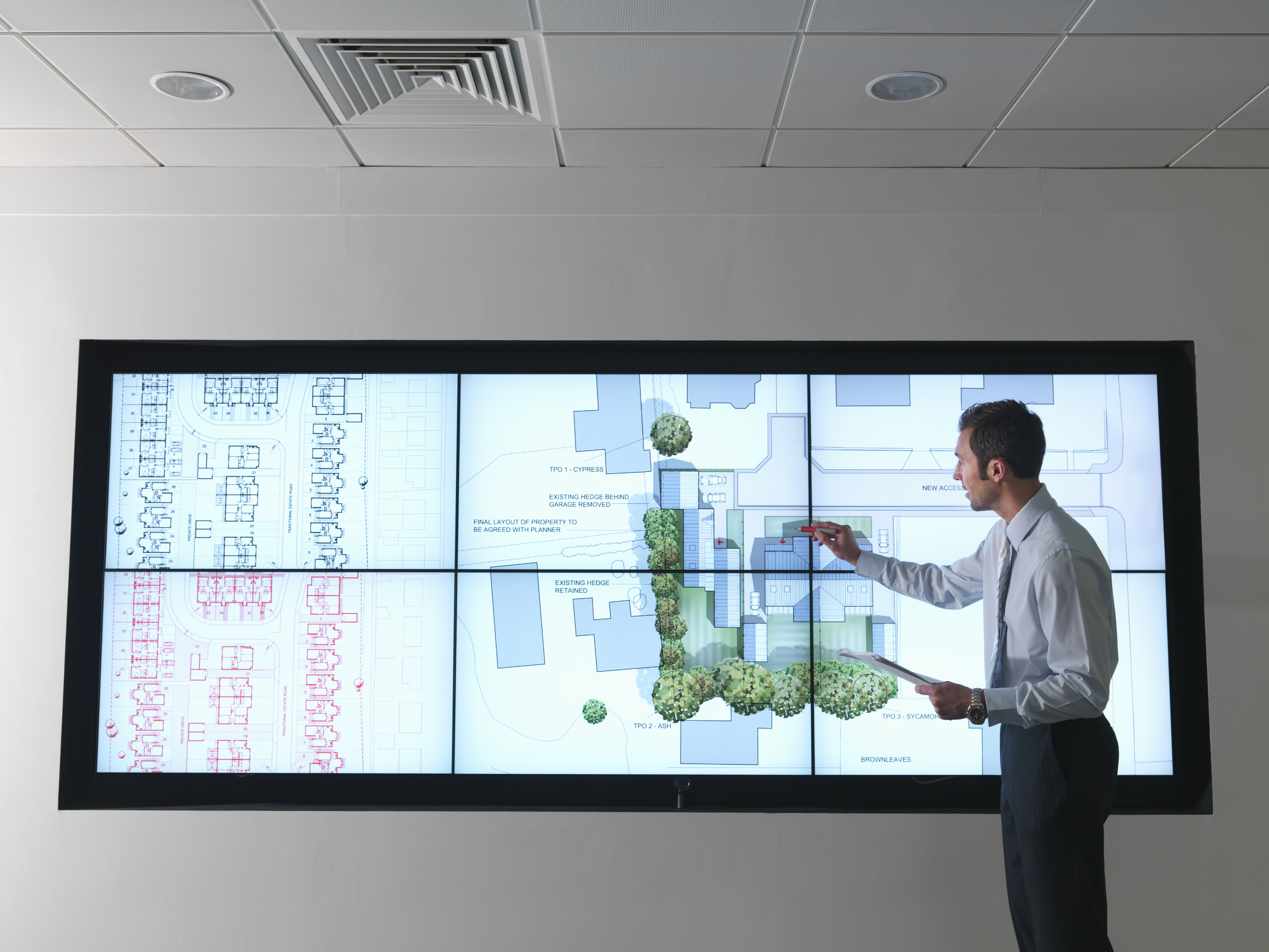Construction’s Global Evolution with Site Capture Technologies
Like many industries, the construction sector has lagged in terms of digital adoption. As soaring interest rates and other factors drive up building costs and reduce the number of available projects, however, firms have turned to technology to find ways to solve cost, labor and efficiency challenges.
The construction industry is undergoing a significant evolution on a global scale with the integration of site capture technologies, a powerful tool that is reshaping building projects across the world. This article explores the various ways in which this technology (reality capture) is revolutionizing the cost-effectiveness of construction practices on an international level.
Reducing Project Overheads Worldwide
Site capture technologies play a pivotal role in reducing project overheads in construction projects across the globe. This reduction is achieved through the technology’s ability to streamline data collection and processing, eliminating the need for extensive manual surveys and measurements. This efficiency not only cuts down on the labor and time required for these tasks, but also minimizes errors, regardless of the project’s location. Fewer errors mean less rework, which is a common cause of inflated project costs worldwide.
Additionally, the technology’s capacity to provide detailed and accurate data aids in precise material ordering and utilization, further reducing wastage and unnecessary expenses on a global scale. These aspects collectively contribute to a substantial decrease in overall project costs, making site capture technologies a valuable asset in economic construction management, regardless of where in the world the project is located.
Streamlining Project Management Across Borders
The integration of site capture technologies into construction project management streamlines the entire process, transcending geographical boundaries. This technology enables project managers to oversee project progress more effectively by providing real-time, accurate site data, regardless of where they are located. It facilitates better coordination between different teams and phases of the project, ensuring that all parties are working from the most current information, even if they are continents apart. This level of coordination reduces the risk of delays and miscommunication, enhancing project management efficiency on a global scale.
Furthermore, the ability to access detailed site information remotely enhances the flexibility and responsiveness of the management process, leading to more efficient and timely project completion regardless of the project’s location around the world.
Enhancing Decision Making Globally
Site capture technologies greatly enhance decision-making in construction projects across the world. By providing comprehensive, accurate data about the construction site, stakeholders can make more informed choices about design, resource allocation, and project timelines, no matter where they are situated. This data-driven approach reduces the likelihood of costly mistakes and reworks on a global scale. It also enables quick adaptation to changing conditions or unforeseen challenges, ensuring that decisions are made swiftly and based on the most current information. This ability to make well-informed decisions rapidly is crucial for maintaining project momentum and adhering to budgets and schedules, regardless of the project’s location.
Improving Sustainability and Green Building Practices Worldwide
Site capture technologies play a vital role in advancing sustainability and green building practices within the construction industry, regardless of the project’s global location. This technology enables construction teams to gather precise data on site conditions and environmental factors, which is crucial for making sustainable decisions worldwide.
One of the key aspects of sustainability is minimizing environmental impact. Site capture technologies aid in this by providing insights into the site’s existing conditions, such as terrain, vegetation, and natural resources, regardless of where the project is located. With this information, construction professionals can make informed choices about how to minimize disruption to the natural environment during construction, whether it’s in North America, Europe, Asia, or any other region. They can plan construction activities to avoid sensitive areas or implement erosion control measures effectively, reducing soil erosion and preserving local ecosystems, regardless of the project’s global destination.
Furthermore, site capture technologies contribute to efficient resource management, a fundamental component of green building practices, regardless of where the project is located around the world. By accurately measuring and documenting materials used on-site, they help minimize waste and ensure that resources are used efficiently. This not only reduces costs but also lessens the environmental footprint of construction projects, promoting sustainable practices on a global scale.
Facilitating Global Client Communication and Transparency
The technology enhances communication with clients by providing visual progress reports and realistic project visualizations, regardless of the client’s location anywhere in the world. This transparency builds client trust and satisfaction, fostering better relationships and a clearer understanding of project progress on a global level.
This technology allows for the creation of detailed, visual representations of the project’s progress, providing clients, no matter where they are in the world, with an easily understandable view of the development. This real-time sharing of information fosters a transparent working relationship, where clients are kept informed and can provide timely feedback, regardless of their global location. It also helps in setting realistic expectations, reducing the likelihood of misunderstandings and disputes, and promoting transparency and trust with clients across continents. This enhanced communication and transparency ultimately lead to stronger client relationships and increased satisfaction with the project outcome, no matter where in the world the project is located.
Conclusion: A Global Evolution
The economic advantages of site capture technologies in construction are clear and have a global impact. From reducing labor costs to enhancing overall project management, these technologies are essential for modern, cost-effective building projects worldwide. Their role in promoting sustainability, improving decision-making, and facilitating transparent client communication knows no geographical bounds. Implementing site capture technologies in construction budgeting is a transformative strategy that can lead to more efficient and successful building projects on a worldwide scale, marking a global evolution in the construction industry.
This article was written by Editor from Home Business Magazine and was legally licensed through the DiveMarketplace by Industry Dive. Please direct all licensing questions to legal@industrydive.com.
![]()


